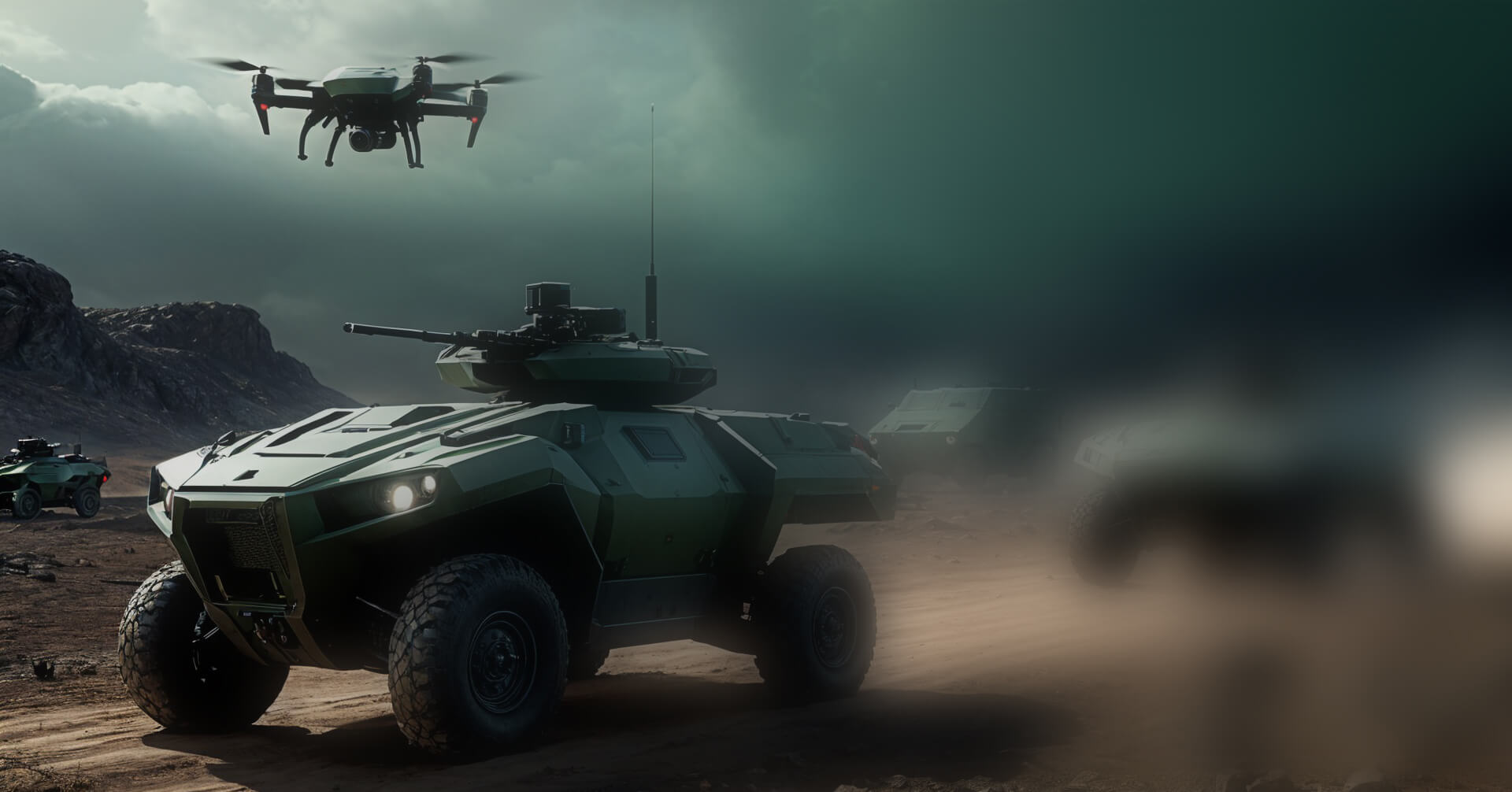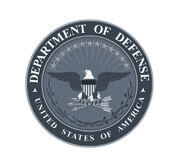Wireless Power-at-a-Distance for Defense & Intelligence

Powering the Future of Defense
in Harsh and Remote Environments
Reach delivers mobile, resilient, and wire-free power solutions tailored for defense and intelligence operations to meet the demands of the most challenging conditions including smoke and extreme temperatures. Reach’s patented, adaptive, meshed, AI-driven, and optimized wireless power-at-a-distance technology provides flexible and continuous power to advanced military and intelligence technologies including sensors, autonomous vehicles, and drones. Reach solutions offer commanders transmission advantages in the battlespace and energy domain, increasing readiness, responsiveness, and superiority opportunity.
Why Reach?
State-of-the-Art
Power Beaming
Utilize adaptive power beaming technology to transmit power wirelessly, even in non-line-of-sight conditions.
Extend Device
Operations
Prolong the operation of battery-dependent devices without interruptions for recharging.
Reduce Reliance
on Batteries
Minimize the need for heavy batteries and generators, streamlining operations in remote and mobile environments.
Protect
Concealment
Charge sensor batteries and power devices without revealing locations.
Industry-Leading Benefits
Wirelessly power any device anywhere, including moving objects.
Efficient power delivery via adaptive, meshed transmitters that form a scalable wireless power infrastructure in any environment.
Capable of powering devices from microwatts to kilowatts, Reach’s modular metamaterial design enables precise electromagnetic wave manipulation.
Industry-leading beam control ensures safe power delivery, with a fully redundant system to guarantee reliability.
Defense Applications
Small Robotics, Drones, and Autonomous Vehicles
Keep UAVs and ground vehicles operational 24/7 without the need for downtime to charge.
Tactical Energy Distribution
Easily set up and tear down wireless power solutions in mobile environments like forward operating bases, reducing battery waste and improving the energy supply chain.
Emergency Response & Disaster Recovery
Deploy resilient, wireless power solutions in disaster-stricken areas where wired infrastructure is compromised.
Unattended Ground Sensors (UGS)
Power remote sensors for surveillance, chemical detection, and monitoring without needing to replace batteries, even in buried or hard-to-reach locations.
Personal Equipment Power
Eliminate the need for recharging tools and personal equipment like helmet cams, night vision goggles, and handheld radios.
Space-Based Applications
Reach’s advanced RF power-beaming technology can help meet the new demand for space-based defense technology including orbital refueling, missile interception strategies, and sensor layering.








